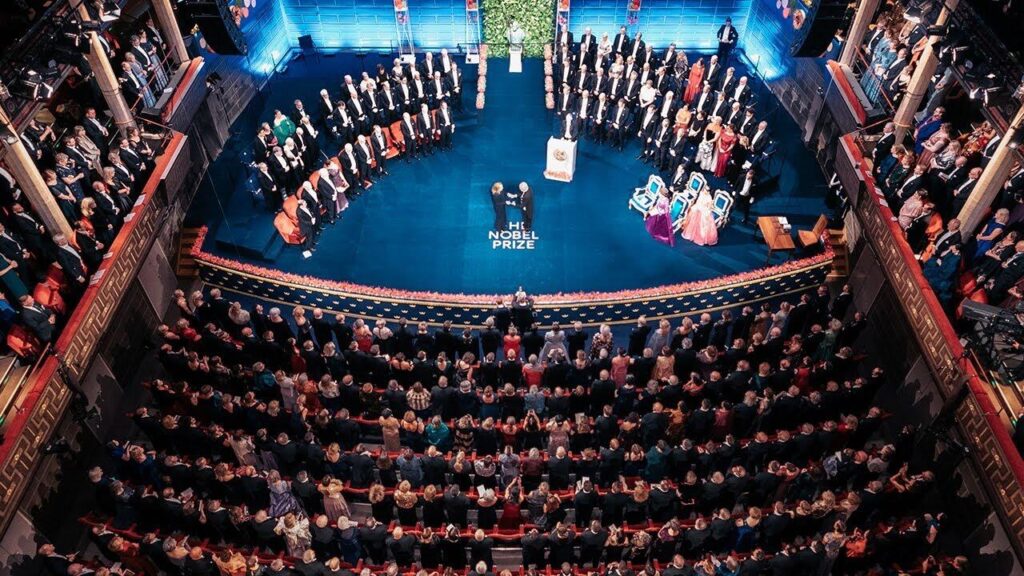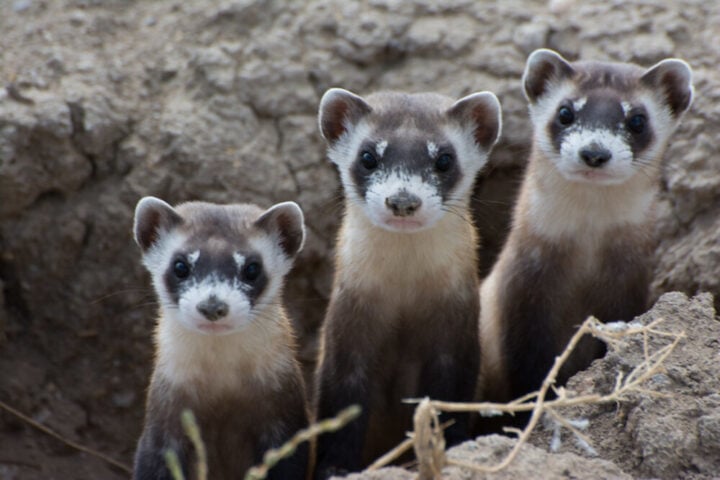Chicago-area residents are gearing up for the first sub-freezing temperatures of the fall as a freeze warning impacts the region this week. The coldest air of the season has arrived, bringing temperatures below normal levels and prompting residents to break out their heavy coats and stocking caps. This early cold snap serves as a stark reminder of the unpredictable nature of weather patterns in recent years, a trend that experts suggest may become more frequent in the future.
Areas Affected
According to the National Weather Service, a freeze warning has been issued for McHenry, DeKalb, Kane, LaSalle, Kendall, and Grundy counties. The warning is in effect from 1 a.m. to mid-morning Wednesday. Northern Cook County, Will County, and Kankakee County are under a frost advisory with slightly warmer temperatures expected. The varied impact across the region highlights the localized nature of such weather events, with factors like proximity to Lake Michigan playing a role in temperature fluctuations.
Timeline of Events
The coldest temperatures are expected just before daybreak on Wednesday, with lows in the upper 20s in the western suburbs. In areas under the frost advisory, temperatures will likely settle around 30 degrees and start to warm after daybreak. While the duration of the cold snap is expected to be brief, with temperatures rising back into the 60s and 70s later in the week, the sudden onset of freezing conditions can catch residents off guard.
Impact on Plants and Pipes
The freeze warning could have significant impacts on sensitive plants and outdoor pipes. Residents are advised to wrap, drain, or drip outdoor water pipes to prevent freezing. The cold conditions could also harm crops and other vegetation.
Similar Posts:
Expert Statements
Meteorologists have noted that this is the coldest weather Chicago has seen since April. NBC 5 Meteorologist Alicia Roman mentioned that the freeze warning is a result of lake-effect showers and thunderstorms caused by cold air aloft and the warm waters of Lake Michigan. The interplay between the cold air mass and the relatively warm lake water creates a unique set of conditions that can lead to localized freezing temperatures.
Statistics and Research
Statistics show that temperatures are expected to drop into the upper 20s and low 30s, which could threaten sensitive plants and cause freezing for above-ground pipes. Research indicates that such early freeze warnings are becoming more common due to changing weather patterns. A 2017 study published in the journal Nature Communications found that the frequency of cold outbreaks in the Northern Hemisphere has increased over the past two decades, possibly due to changes in Arctic sea ice and atmospheric circulation patterns.
Trends and Future Outlook
This early freeze is part of the region’s increasingly unpredictable weather patterns. Experts suggest that residents should be prepared for more frequent cold snaps and take necessary precautions to protect their property and health. As climate change continues to impact global weather systems, such extreme temperature fluctuations will likely become more common, requiring communities to adapt and develop resilience strategies.
Conclusion
As Chicago braces for its first freeze of the season, residents need to stay informed and take necessary precautions. With the right preparation, the impact of the freeze can be minimized, ensuring safety and comfort during this chilly period. The early onset of freezing temperatures serves as a reminder of the need for continued vigilance and adaptability in the face of changing weather patterns. By staying informed, prepared, and proactive, communities can weather the challenges posed by increasingly unpredictable climate conditions.





![Google satellite view of 1112 Stanley road in Augusta [Google Earth]](https://www.karmactive.com/wp-content/uploads/2025/04/Augusta-National-Spent-200M-on-270-Acres-but-One-338000-Home-Still-Stands-on-Stanley-Road-720x360.png)











